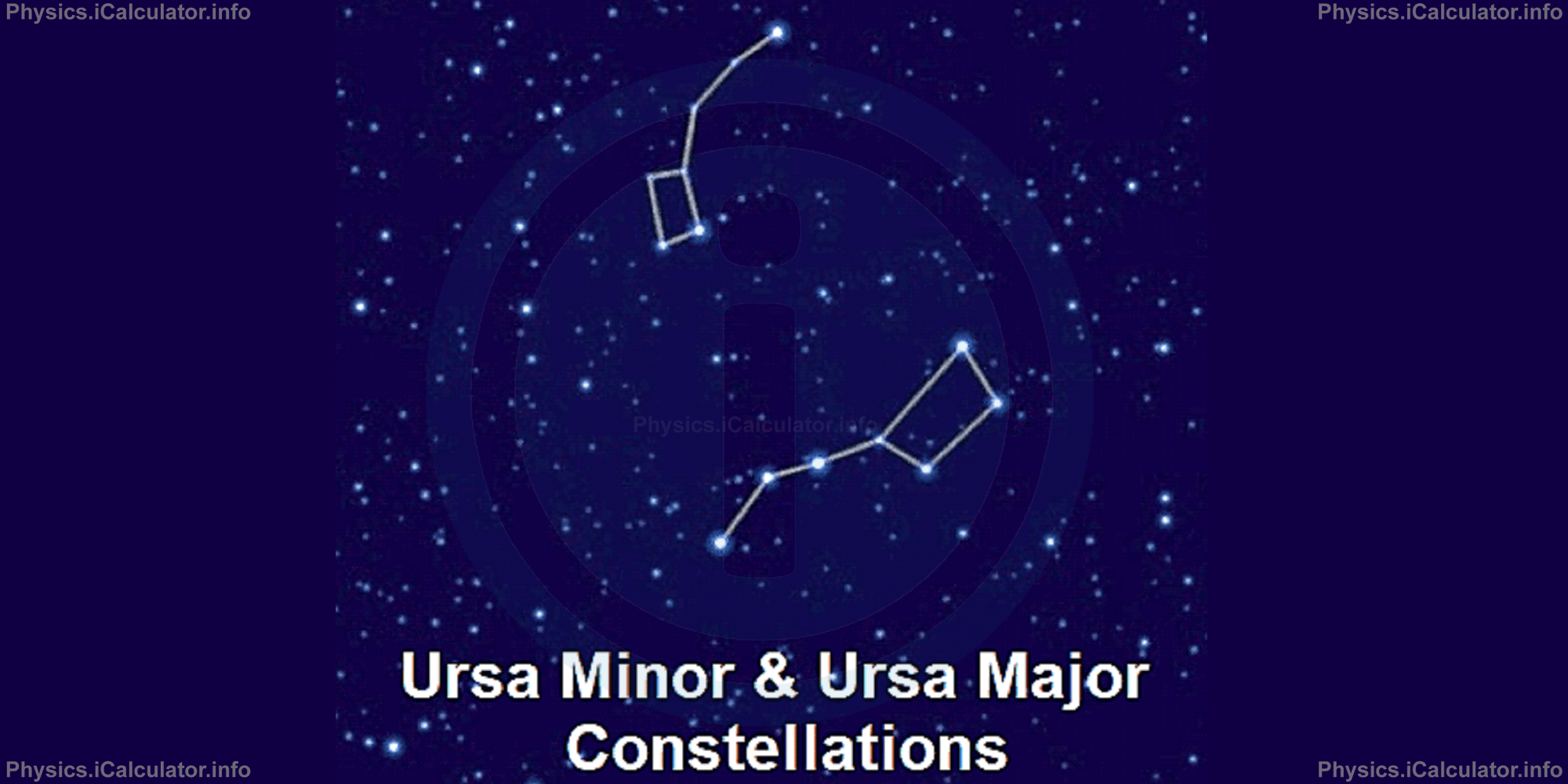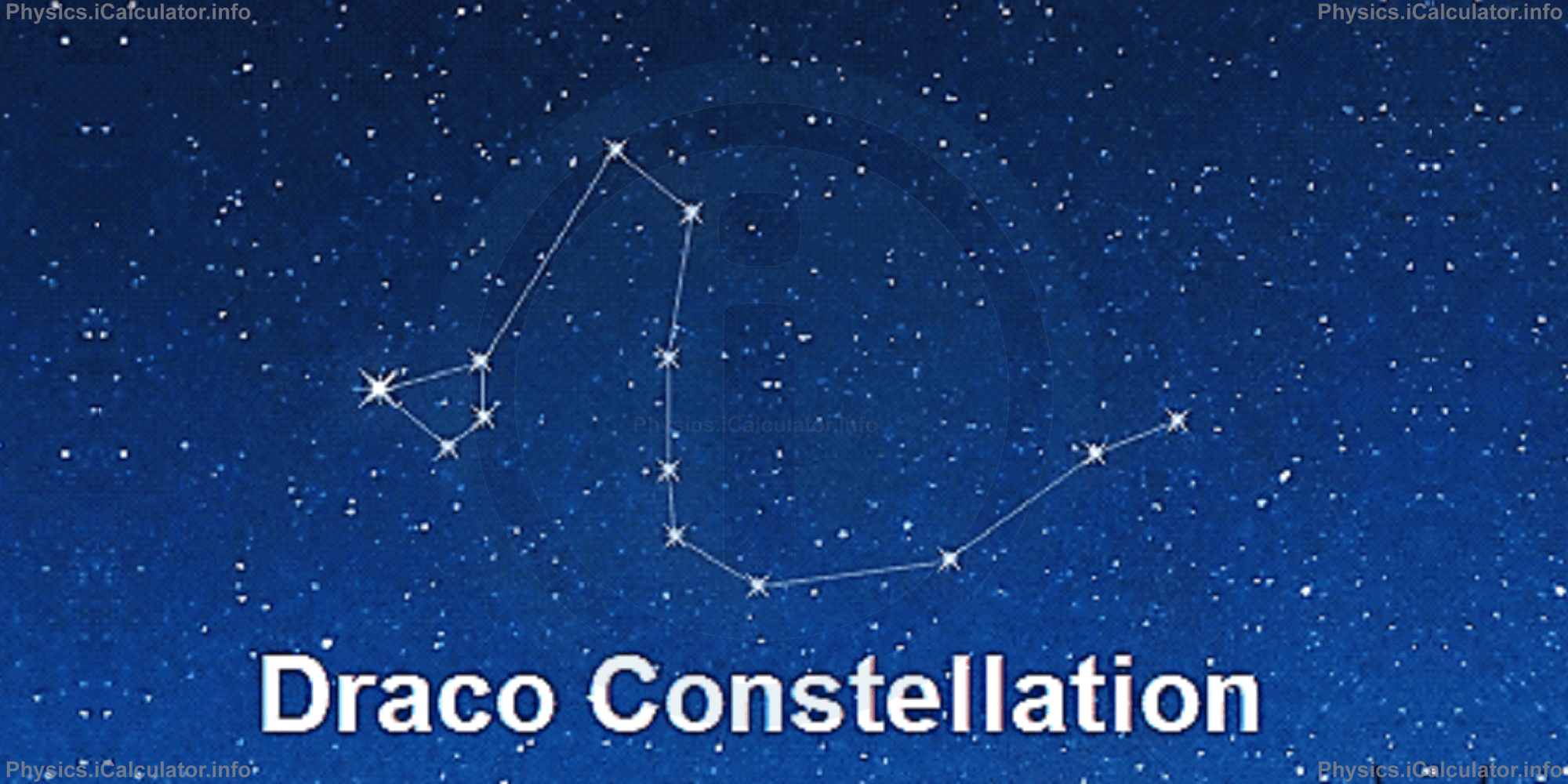Menu
Physics Lesson 22.8.6 - Observation of the Sky
Please provide a rating, it takes seconds and helps us to keep this resource free for all to use
Welcome to our Physics lesson on Observation of the Sky, this is the sixth lesson of our suite of physics lessons covering the topic of Orientation in the Sky and Constellations, you can find links to the other lessons within this tutorial and access additional physics learning resources below this lesson.
Observation of the Sky
Constellations help us orient ourselves in the infinity of stars in the sky. Some patterns (constellations) are more visible than the others. In the following paragraphs, we will introduce the most important ones, which you can use as a reference when needed. For example, the most visible constellation present in the sky in all seasons in the night sky is the Ursa Major constellation, which lies in the northern sky. Its name means "the great bear," or "the larger bear," in Latin. It looks like a saucepan and is located in the Northern Hemisphere of the sky. Ursa Major is formed by 7 stars. Ursa Minor is another constellation very close to Ursa Major in the direction of its body, as shown in the figure.

Between Ursa Major and Ursa Minor there is a long series of stars that form a bent line known as the Draco (Dragon) Constellation as shown in the figure below.

You have reached the end of Physics lesson 22.8.6 Observation of the Sky. There are 8 lessons in this physics tutorial covering Orientation in the Sky and Constellations, you can access all the lessons from this tutorial below.
More Orientation in the Sky and Constellations Lessons and Learning Resources
Whats next?
Enjoy the "Observation of the Sky" physics lesson? People who liked the "Orientation in the Sky and Constellations lesson found the following resources useful:
- Observation Feedback. Helps other - Leave a rating for this observation (see below)
- Cosmology Physics tutorial: Orientation in the Sky and Constellations. Read the Orientation in the Sky and Constellations physics tutorial and build your physics knowledge of Cosmology
- Cosmology Revision Notes: Orientation in the Sky and Constellations. Print the notes so you can revise the key points covered in the physics tutorial for Orientation in the Sky and Constellations
- Cosmology Practice Questions: Orientation in the Sky and Constellations. Test and improve your knowledge of Orientation in the Sky and Constellations with example questins and answers
- Check your calculations for Cosmology questions with our excellent Cosmology calculators which contain full equations and calculations clearly displayed line by line. See the Cosmology Calculators by iCalculator™ below.
- Continuing learning cosmology - read our next physics tutorial: Expansion of the Universe
Help others Learning Physics just like you
Please provide a rating, it takes seconds and helps us to keep this resource free for all to use
We hope you found this Physics lesson "Orientation in the Sky and Constellations" useful. If you did it would be great if you could spare the time to rate this physics lesson (simply click on the number of stars that match your assessment of this physics learning aide) and/or share on social media, this helps us identify popular tutorials and calculators and expand our free learning resources to support our users around the world have free access to expand their knowledge of physics and other disciplines.